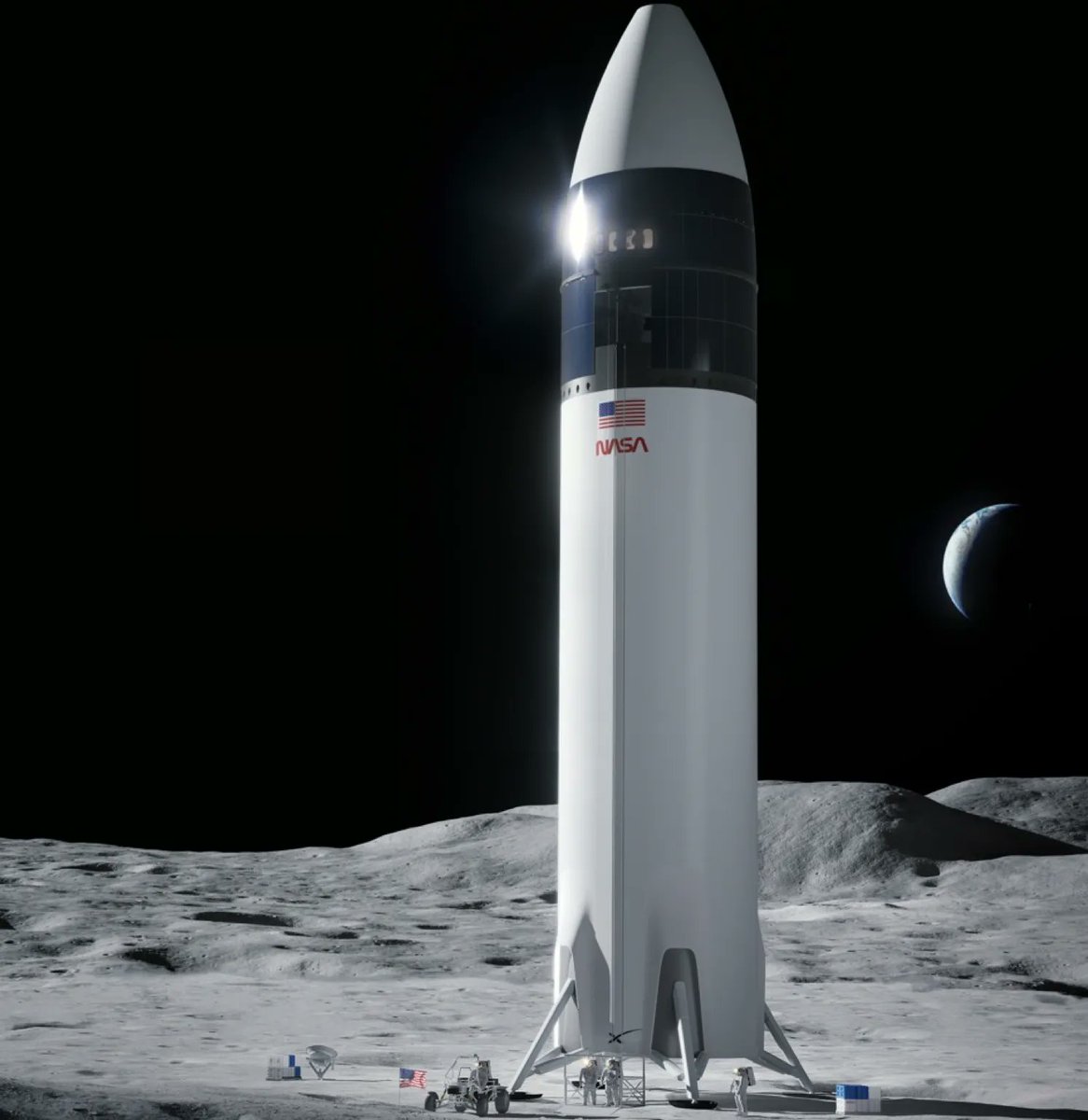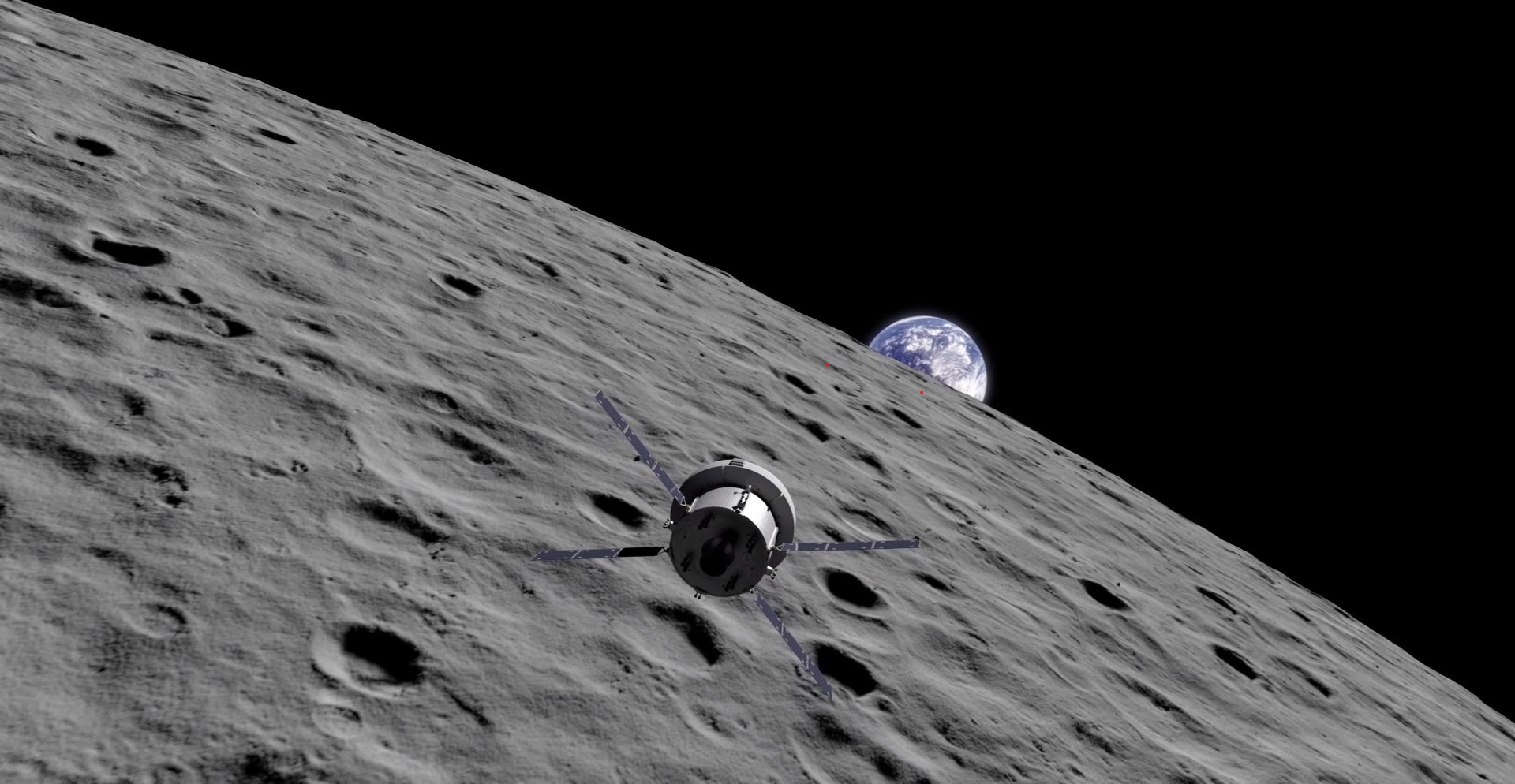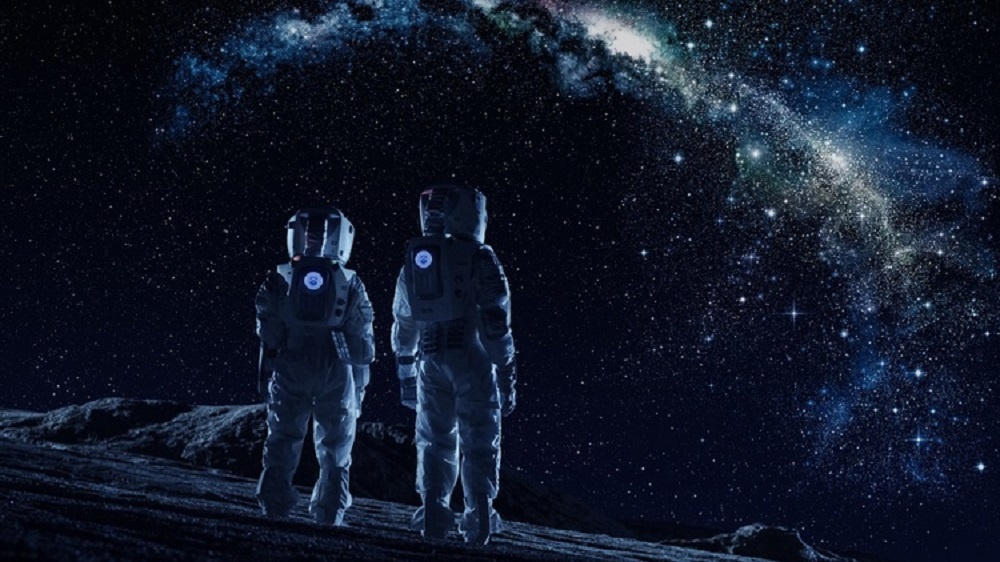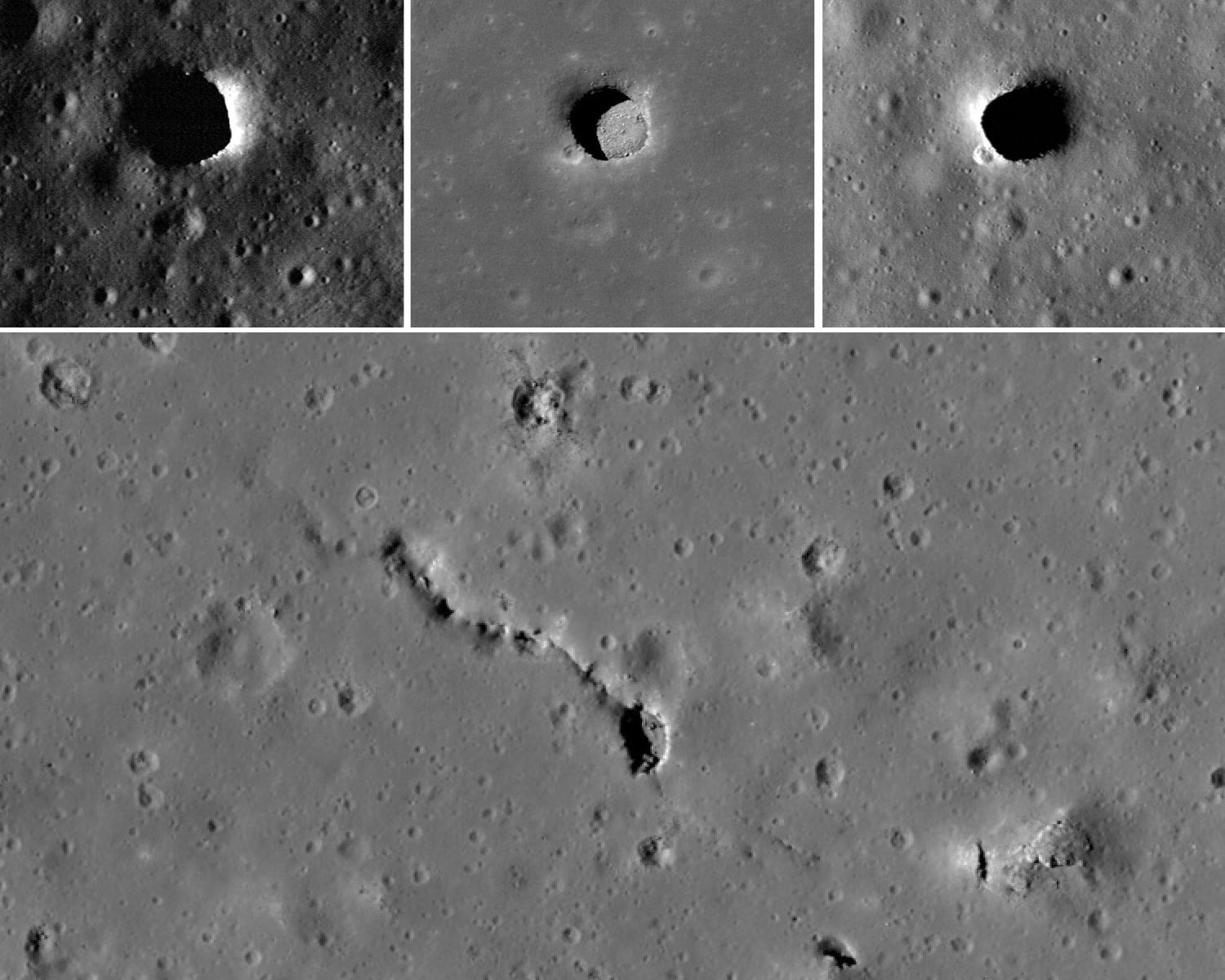For fans of Eddie Vedder, Pearl Jam, and space exploration, this video will require very little explanation. But just in case some people haven’t seen it yet, this musical performance was a tribute to the long-awaited roll-out of the fully-stacked Space Launch System (SLS) at the NASA Kennedy Space Center in Florida. It’s guaranteed to give you goosebumps and maybe even bring a tear to your eye!
Continue reading “Pearl Jam's Eddie Vedder Provides the Music for NASA's new SLS Video”Now That is a Big Rocket. Space Launch System Rolls out to the Launch pad for a Series of Tests
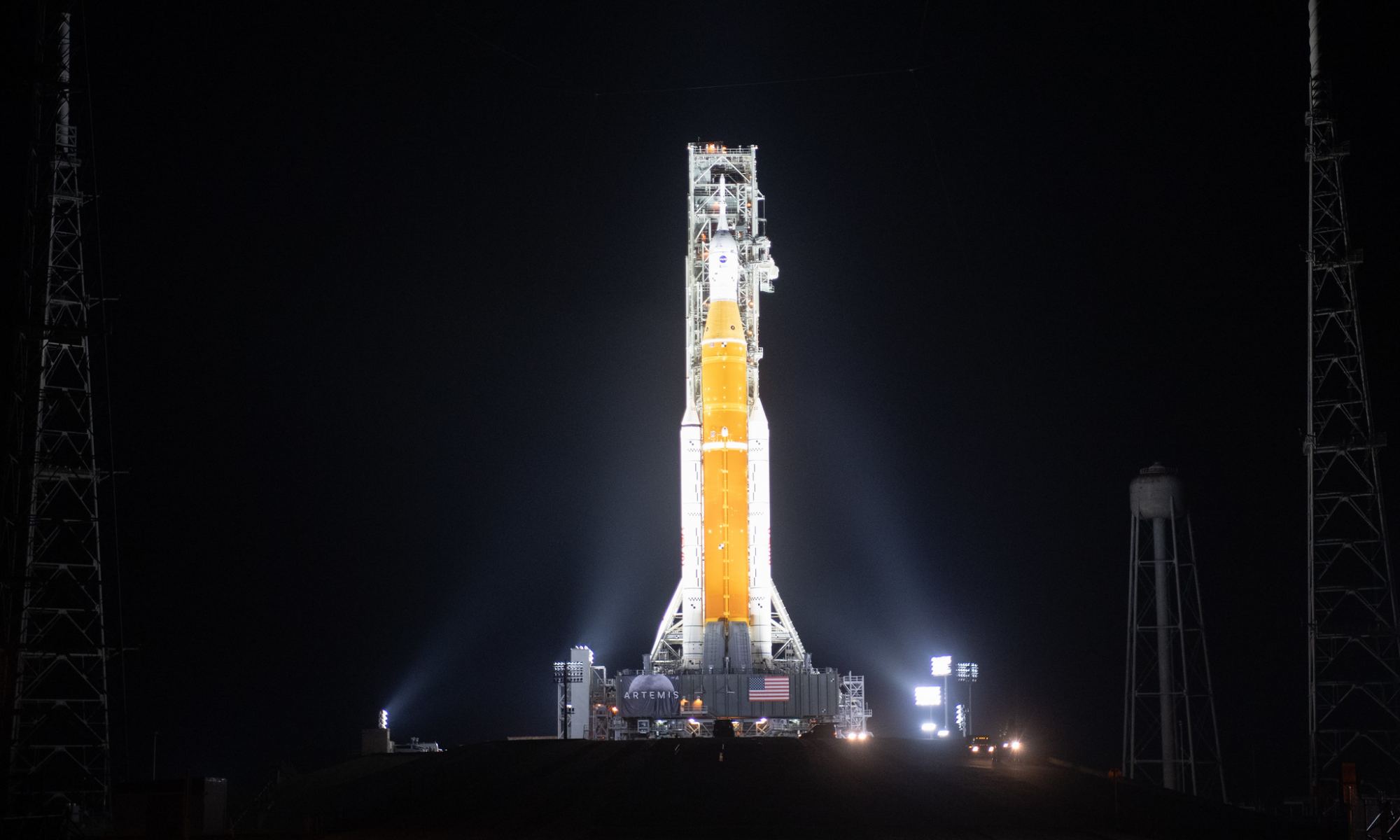
Under the full Moon, NASA’s Space Launch System (SLS) rocket rolled out to the launchpad for the first time. The journey began at the iconic Vehicle Assembly Building at Kennedy Space Center, with the gigantic stack of the mega rocket arriving at Launch Pad 39B in preparation for a series of final checkouts before its Artemis I test flight.
The four-mile trip for SLS and the Orion spacecraft, on top of the crawler-transporter took 10 hours and 28 minutes, and the 3.5-million-pound rocket and spacecraft arrived at the pad at 4:15 a.m. on March 18.
Continue reading “Now That is a Big Rocket. Space Launch System Rolls out to the Launch pad for a Series of Tests”NASA Releases Details on how Starship Will be Part of its Return to the Moon
The path back to the moon is long and fraught with danger, both in the real, physical sense and also in the contractual, legal sense. NASA, the agency sponsoring the largest government-backed lunar program, Artemis, has already been feeling the pain on the contractual end. Legal battles have delayed the development of a critical component of the Artemis program – the Human Landing System (HLS). But now, the ball has started rolling again, and a NASA manager recently reported the progress and future vision of this vital part of the mission to the Institute of Electrical and Electronics Engineers at a conference.
Continue reading “NASA Releases Details on how Starship Will be Part of its Return to the Moon”NASA is Letting People Fly Their Name Around the Moon With Artemis 1
Here’s your chance to participate in NASA’s return to the Moon with the Artemis program!
NASA is inviting people to submit their names to be included on a flash drive that will be sent along with Artemis I, an uncrewed test flight that kicks off the space agency’s plans to land the first woman and first person of color on the Moon.
Continue reading “NASA is Letting People Fly Their Name Around the Moon With Artemis 1”New Images of Artemis in the VAB; Rollout for SLS Launch Rehearsal Test Now Scheduled for March 17
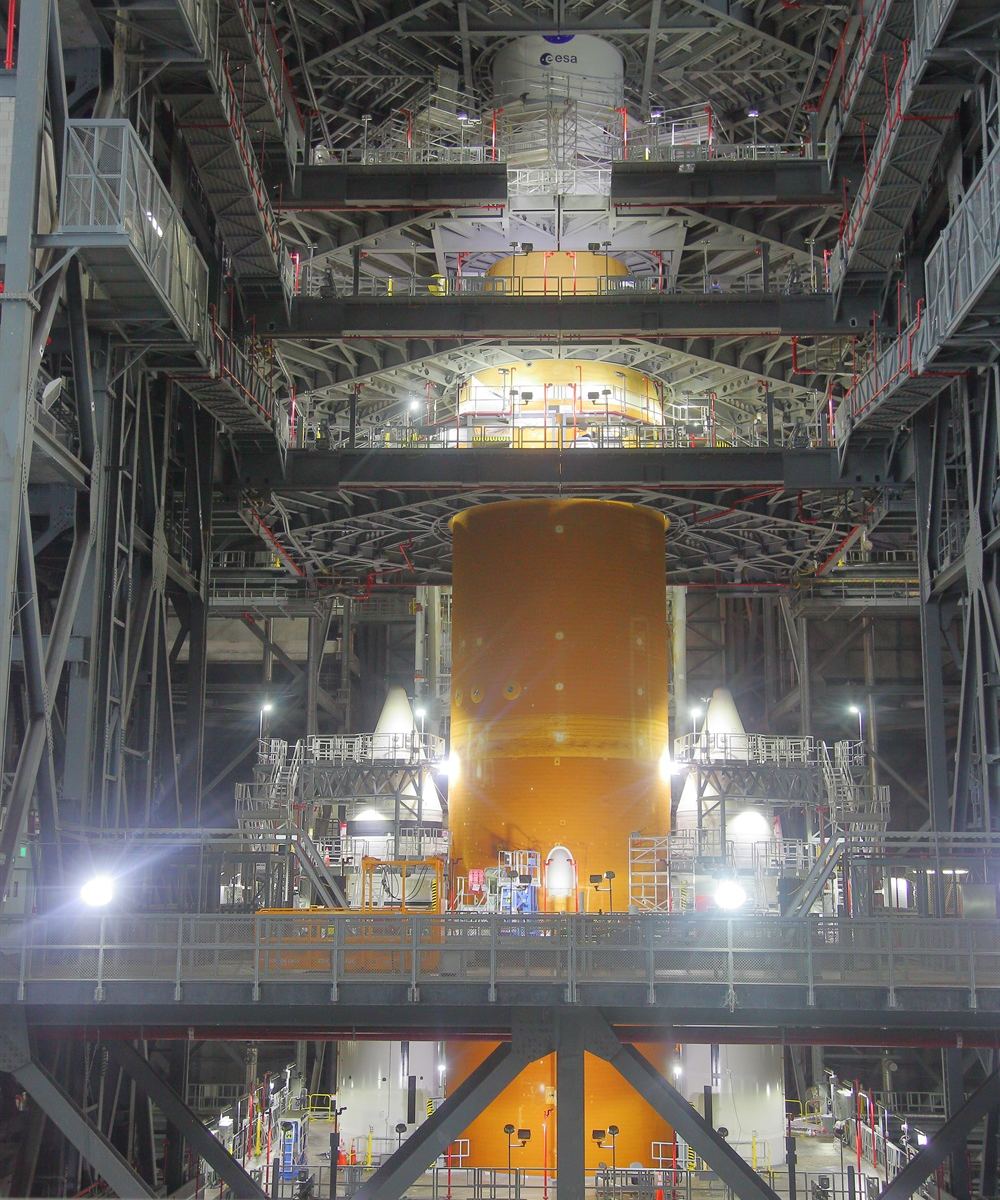
Every journey begins with a single step, and the first step of NASA’s return to the Moon begins with a four-mile rollout to the launchpad. NASA announced their target date for rolling out the Space Launch System rocket for the four-mile crawl to the launch pad is March 17. The full rocket stack will spend about a month at the pad undergoing several tests before heading back to the Vehicle Assembly Building. If all goes well with the tests, NASA hopes to launch its uncrewed Artemis test flight, likely by early summer.
Continue reading “New Images of Artemis in the VAB; Rollout for SLS Launch Rehearsal Test Now Scheduled for March 17”NASA is Upping the Power on its Lunar Wattage Challenge!
For years, NASA has been gearing up for its long-awaited return to the Moon with the Artemis Program. Beginning in 2025, this program will send the first astronauts (“the first woman and first person of color”) to the Moon since the end of the Apollo Era. Beyond that, NASA plans to establish the necessary infrastructure to allow for a “sustained program of lunar exploration,” such as the Lunar Gateway and the Artemis Base Camp.
Beyond these facilities, several elements are essential to ensuring a long-term human presence on the Moon. These include shelter from the elements, food, air, water, and of course, power. To address this last element, NASA has teamed up with HeroX – the leading crowdsourcing platform – to launch the NASA Watts on the Moon Challenge. This competition is entering Phase II and will award an additional $4.5 million for innovative concepts that supply power to future lunar missions.
Continue reading “NASA is Upping the Power on its Lunar Wattage Challenge!”The Moon is a Barren and Desolate, but Lunar Caves Could Offer Some Shelter From the Harsh Environment
The dream of building a permanent settlement on the Moon: a place where humans from all walks of life can come together and give rise to a new culture and identity. A place where vital scientific research and experiments can be conducted, lunar industries created, and people can go for a little “adventure tourism.” It’s been the stuff of science fiction and speculative literature for over a century. But in the coming years, it could very well become a reality.
This presents many challenges but also opportunities for creative solutions. For years, astronomers have speculated that the perfect place to create a lunar colony is underground, specifically within pits, caves, and stable lava tubes visible and accessible from the lunar surface. According to new research from CU Boulder, preliminary results show these pits to be remarkably stable compared to conditions on the surface.
Continue reading “The Moon is a Barren and Desolate, but Lunar Caves Could Offer Some Shelter From the Harsh Environment”NASA is Building a Nuclear Reactor to Power Lunar and Martian Exploration!
Over the next fifteen years, multiple space agencies and their commercial partners intend to mount crewed missions to the Moon and Mars. In addition to placing “footprints and flags” on these celestial bodies, there are plans to establish the infrastructure to allow for a long-term human presence. To meet these mission requirements and ensure astronaut safety, several technologies are currently being researched and developed.
At their core, these technologies are all about achieving self-sufficiency in terms of resources, materials, and energy. To ensure that these missions have all the energy they need to conduct operations, NASA is developing a Fission Surface Power (FSP) system that will provide a safe, efficient, and reliable electricity supply. In conjunction with solar cells, batteries, and fuel cells, this technology will allow for long-term missions to the Moon and Mars in the near future.
Continue reading “NASA is Building a Nuclear Reactor to Power Lunar and Martian Exploration!”NASA’s Target for Landing the First Artemis Astronauts on the Moon Slips to 2025
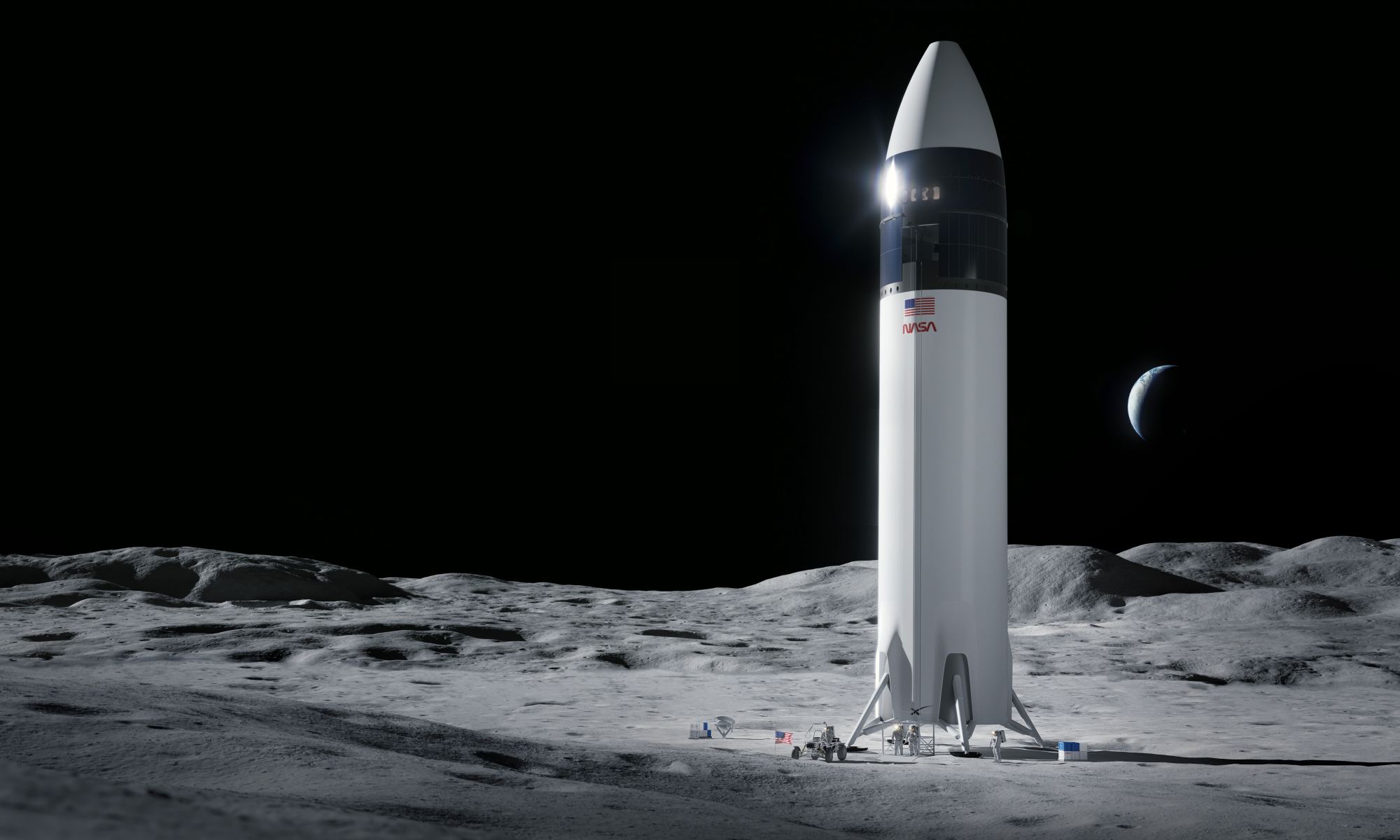
NASA has pushed back the timetable for landing astronauts on the moon for the first time in more than a half-century from 2024 to no earlier than 2025.
Blue Origin’s unsuccessful legal challenge to a $2.9 billion lunar lander contract awarded to SpaceX was one of the factors behind the delay in the Artemis moon program, NASA Administrator Bill Nelson said during a Nov. 9 teleconference.
Nelson also pointed to Congress’ previous decisions not to fund the lander program as fully as NASA wanted, plus delays forced by the COVID-19 pandemic and the fact that “the Trump administration target of a 2024 human landing was not grounded in technical feasibility.”
“After having taken a good look under the hood these past six months, it’s clear to me that the agency will need to make serious changes for the long-term success of the program,” he told reporters.
Continue reading “NASA’s Target for Landing the First Artemis Astronauts on the Moon Slips to 2025”Court Turns Down Blue Origin’s Attempt to Prevent SpaceX’s Lander Contract

For months, the commercial space sector has waited for a pivotal case to be resolved. This was none other than the legal action filed by Blue Origin in response to NASA selecting SpaceX to execute the Human Landing System (HLS) contract worth $2.9 billion. This system is a vital piece of the Artemis Program mission architecture, which will be used in the coming years to transport crew and cargo to the lunar surface.
In a recently-announced decision, the U.S. Court of Federal Claims officially shot Blue Origin’s protest down. This puts an end to nearly seven months of legal proceedings and gridlock following SpaceX’s selection back in April. While this means that SpaceX can get back to developing their concept – the Starship HLS – in preparation for the Artemis III missions, it is unclear if that mission will happen on schedule.
Continue reading “Court Turns Down Blue Origin’s Attempt to Prevent SpaceX’s Lander Contract”

